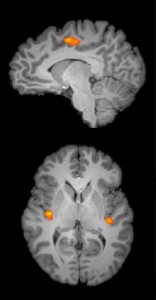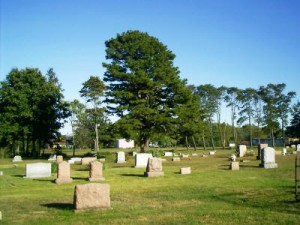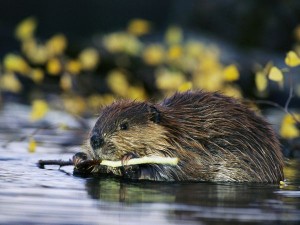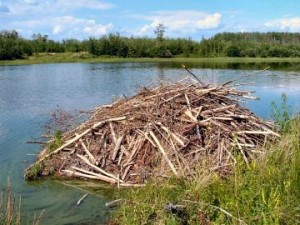
Math. Image Source: Cliff Mass Weather Blog
A lot of us grimace at the thought of doing math. Some people’s heart start to beat faster, while others start to feel nauseated from just worrying about the math homework that is still calling out their name. With this math anxiety problem happening not only in kids but adults as well, it leads us to wonder whether math is really that painful to do.
Math phobias are usually developed in schools. It typically arises from poor teaching or bad experiences in math. This leads to limited understanding on the subject which makes the person want to avoid it even more. Unfortunately, further avoidance causes less exposure to math practice, enhancing the anxiety.

Region of Posterior Insula activated in brain from math anxiety. Image Source: Science Daily.
Recent research gives a possible explanation on why people with math anxiety have such a hard time overcoming this fear and jumping straight into math problems. Researchers found that the anticipation of doing math and threats of bodily harm activates the same region of the brain. Using fMRI scans, they tested adults who were shown to have math anxiety and examined their brain activity when given mathematical equations to verify. The scans show that the anticipation of doing math, not doing math itself, caused a response in brain similar to physical pain. It activates the posterior insula in the brain that registers direct threats to the body as well as the experience of pain. As a matter of fact, increase of math anxiety activates more of the posterior insula. This suggests that people with math anxiety experiences painful dread before they even start the problems which makes them want to avoid it even more. It indicates that the anxiety from the prospect of doing math may arise from negative psychological reactions and not just because the person have poor math ability.
There are several solutions on how to overcome math anxiety. Perhaps most people have already heard of these tips. One way to overcome this anxiety is to not dread over the mistakes that you make from doing math problems but be persistent. One of the most effective way of learning is to learn from your mistakes. Another way is to is do lots of practice, especially when you are having difficulties.
So the next time you feel anxious about tackling your math homework and procrastinate by going on facebook, tumbler, twitter or even just staring into space, think about how the longer you put it off, the more pain your brain actually feels. Doing math doesn’t hurt but thinking about it does!
Here is a video on the symptoms of math anxiety and how it prevents math learning:

Post Submitted by: Celine Hsin







